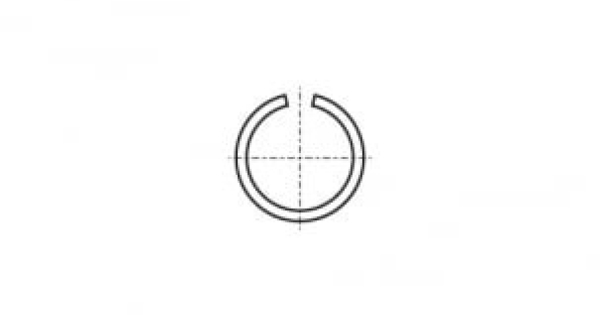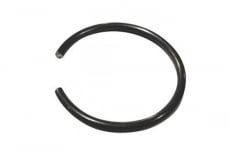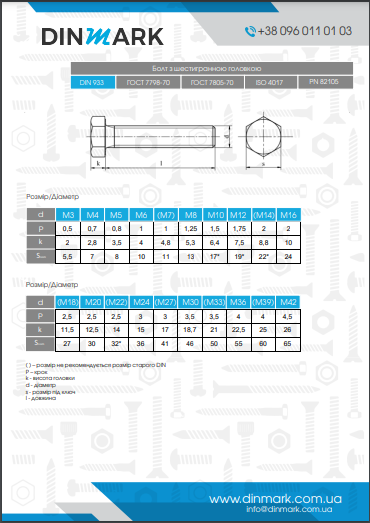
An internal retaining ring DIN 7993 B is an essential component in many mechanisms, used to secure parts within a hole. Due to its design and materials, it reliably holds parts in place, preventing axial movement.
Technical Characteristics of Internal Retaining Ring DIN 7993 B
The DIN 7993 B standard details the technical specifications of internal retaining rings. These include:
- Dimensions: The diameter, thickness, and width of the ring are regulated by the standard, ensuring accurate selection for a specific hole.
- Shape: The ring has a characteristic shape that allows it to fit snugly against the hole walls and provide a secure fastening.
- Material: Typically, steel is used, which can be additionally treated to increase corrosion resistance or hardness.
- Manufacturing Accuracy: High manufacturing accuracy ensures easy installation and a long service life of the ring.
- Size Table DIN 7993 B: [Insert a table with typical dimensions of DIN 7993 B rings, including inner diameter, outer diameter, thickness, and tolerances]
Strength Class of Internal Retaining Ring DIN 7993 B
The strength class of the ring is determined by the material and its geometric characteristics. This parameter determines the ring's ability to withstand certain loads without deformation or failure.
Fastener Group DIN 7993 B
DIN 7993 B rings belong to the group of fasteners and are used together with other fasteners such as bolts, nuts, and washers. They are an integral part of many assemblies and mechanisms.
Materials for the Production of Internal Retaining Ring DIN 7993 B
Most commonly, the following materials are used for the production of DIN 7993 B rings:
- Steel: Provides high strength and rigidity.
- Stainless steel: Used in aggressive environments where high corrosion resistance is required.
- Brass: Used for rings that operate in conditions of high humidity.
Scope of Application DIN 7993 B
Internal retaining rings DIN 7993 B find wide application in various industries:
- Mechanical engineering: For fixing bearings, gears, couplings, and other parts inside housings.
- Automotive industry: For securing parts of the engine, transmission, steering, and other assemblies.
- Instrument making: For fixing elements of precision instruments.
- Construction: For securing structural elements.
Advantages of using DIN 7993 B rings:
- Reliability: Provides a secure fastening of parts.
- Durability: Made of strong materials.
- Ease of use: Easy to install.
- Versatility: Suitable for many types of connections.









